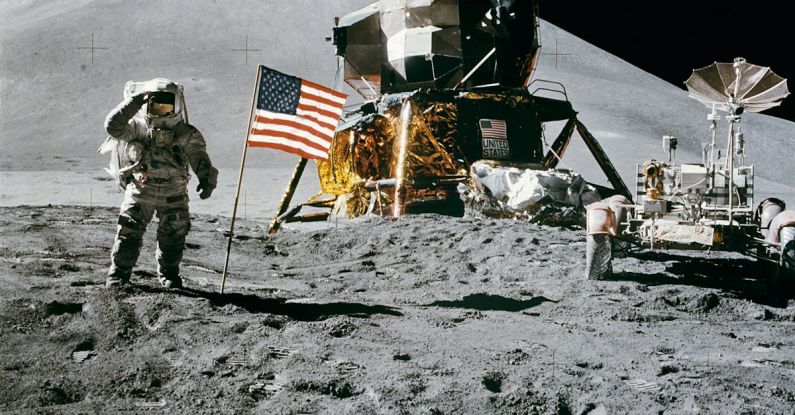**The Extraordinary Journey to the Moon: How Did Humans Achieve the Moon Landing**
In the history of human exploration, one event stands out as a monumental achievement that captured the imagination of people worldwide—the Moon landing. The successful landing of Apollo 11 on the lunar surface on July 20, 1969, marked a significant milestone in human history, showcasing the ingenuity, determination, and collaborative effort of the scientific community. The journey to the Moon was not merely a feat of technological advancement but a testament to human ambition and the relentless pursuit of knowledge beyond Earth’s boundaries.
**The Space Race: A Race to the Moon**
The Moon landing was the culmination of the intense space race between the United States and the Soviet Union during the Cold War era. The Soviet Union had taken an early lead in space exploration by launching the first artificial satellite, Sputnik, in 1957, sparking fears in the U.S. of falling behind in the technological race. This rivalry fueled the determination of both nations to demonstrate their superiority in space exploration, ultimately setting the stage for the ambitious goal of landing humans on the Moon.
**NASA and the Apollo Program: Pioneering Space Exploration**
The National Aeronautics and Space Administration (NASA) played a pivotal role in making the Moon landing a reality through its Apollo program. The Apollo missions aimed to achieve President John F. Kennedy’s vision of landing a man on the Moon and returning him safely to Earth before the end of the 1960s. NASA’s relentless efforts in research, development, and testing of spacecraft, propulsion systems, and life support mechanisms were instrumental in preparing for the historic lunar mission.
**The Apollo 11 Mission: A Giant Leap for Mankind**
On July 16, 1969, Apollo 11 embarked on its historic journey to the Moon with astronauts Neil Armstrong, Buzz Aldrin, and Michael Collins on board. After a four-day journey, the lunar module, Eagle, separated from the command module, Columbia, and descended to the Moon’s surface. On July 20, 1969, Neil Armstrong became the first human to set foot on the Moon, delivering his iconic words, “That’s one small step for man, one giant leap for mankind.”
**Technological Innovations: Overcoming Challenges**
Achieving the Moon landing was a monumental task that required overcoming numerous technological challenges. The development of the Saturn V rocket, the most powerful rocket ever built, was crucial in carrying the Apollo spacecraft beyond Earth’s orbit. Advanced guidance and navigation systems ensured precision in landing the lunar module on the Moon’s surface, despite the complexities of operating in the harsh environment of space.
**Legacy of the Moon Landing: Inspiring Future Exploration**
The success of the Moon landing not only expanded our understanding of the universe but also inspired generations of scientists, engineers, and explorers to push the boundaries of space exploration further. The Apollo missions laid the foundation for future space exploration initiatives, including the International Space Station and plans for crewed missions to Mars. The spirit of curiosity and discovery that drove the Moon landing continues to drive humanity’s quest for knowledge beyond our planet.
**Reflections on a Historic Achievement**
The Moon landing stands as a testament to the remarkable capabilities of human ingenuity and the power of collaboration in achieving seemingly impossible goals. The successful landing of Apollo 11 on the lunar surface showcased the extraordinary dedication, courage, and vision of the individuals who made it possible. As we look back on this historic achievement, we are reminded of the boundless potential of humanity to reach for the stars and explore the unknown, shaping the future of space exploration for generations to come.
